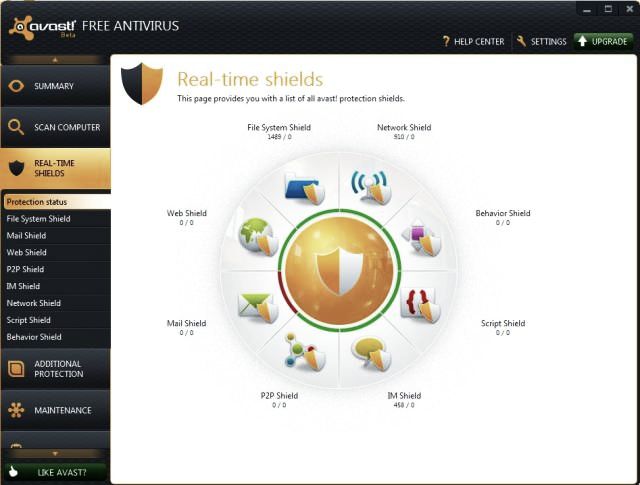Modern technology and continuous communication with the Internet community can be more creative than ever – including the black market. Internet criminals have found new ways to take advantage of the world’s most sensitive networks. The protection of the business is increasingly difficult, but awareness is the first step.
These are the top ten threats to current security:
Low-security technology – New technologies are being launched every day. Often, new tools have a form of Internet access, but no security plan. Every unsafe connection means a loophole. The rapid development of technology is proof of the innovator, but security seriously lags behind schedule.

Social Media Attacks – Cybercriminals use social media as a means of distributing complex geographic attacks called “fishing in the water.” The intruder identified some sites that they thought would visit.
Mobile malware – Security experts have noticed security risks for mobile devices from the early stages of connecting to the Internet. In the recent series of attacks, the minimum number of mobile device shortages made users less anxious. Because our culture on mobile phones is indestructible and how cybercriminals draw it, this can be a catastrophic threat.
Third-party access – Cybercriminals prefer the route with the least resistance. The goal is to attack a typical representative of a critical network through a third-party entry point. The HVAC global retailer is an unfortunate contractor whose stolen credentials are used to steal financial data sets from 70 million customers.
Ignore the Correct Setup – The company ignores the importance of setting security settings correctly. The New York Times has recently become a victim of data breaches because it allows only one of the key functions needed to protect organizational information.
Old Security Software – The upgrade of security software is one of the core practices of technology management and a necessary step to protect large amounts of data. The program is designed to protect against known threats. Thus, no new malicious code will be detected until the old security software.

Lack of Encryption – Protecting confidential business data from transmission and convenience is unacceptable in some industries, although it is effective. The healthcare industry is dealing with highly confidential data and understanding the severity of lost data – which is why HIPAA compliance requires encryption for each computer.
Cybersecurity is the practice of ensuring information security, confidentiality, and availability (ICA). Represents the ability to defend and recover from accidents, such as hard drive accidents or power outages, as well as adversary attacks.
The cybersecurity strategy must go beyond these basics. Hackers can circumvent most defenses, attack surfaces – the number of ways an attacker can enter the system or the “airlines” – expands in most companies. For example, the world of information and physics is integrated, and criminals and spies at the state level now threaten the physical systems of the ICA network, such as cars, power plants, medical equipment, and even IoT refrigerators.
Types of cybersecurity
Critical infrastructure: Critical infrastructure includes community-based cybersecurity systems, including power grids, water purification, traffic lights, and hospitals. The solution for the organization responsible for critical infrastructure is to do its part to protect the vulnerability and protect it.
Network security: Network security protects against unauthorized and malicious intrusions. Ensuring network security usually requires estimating the pros and cons. For example, access control (such as additional logins) may be desirable, though the productivity is reduced.
Cloud security: Moving from the enterprise to the cloud brings new security challenges. For example, in 2017, data is formed in the cloud almost every week. Cloud providers are creating new security features that help business users better protect their data, but cloud migration does not solve the network problems rarely.

Application security: AppSec, especially the security of websites, has become the weakest technical attack point, but several organizations can slash 10 to 10 OWASP sites. AppSec starts with safe coding practices and should be improved by using immersion and penetration testing.
Internet of things (IOT) security: The Internet of Things refers to a variety of important physical and cybernetic systems such as devices, sensors, printers, and security cameras. Internet devices are usually sent in an insecure state and provide little security fixes, not only for users but also for others on the Internet, as they are usually part of the robot.

















